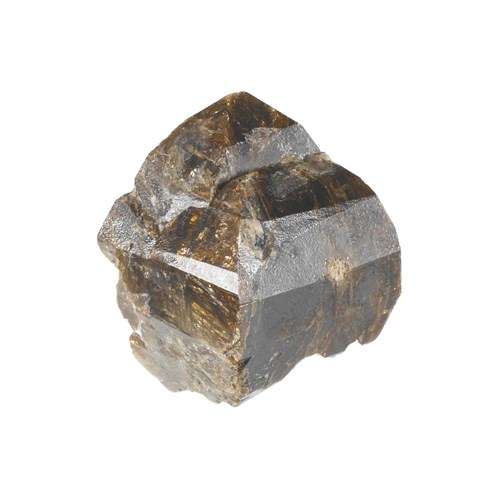Key in a search term below to search our website.
Key in a search term below to search our website.

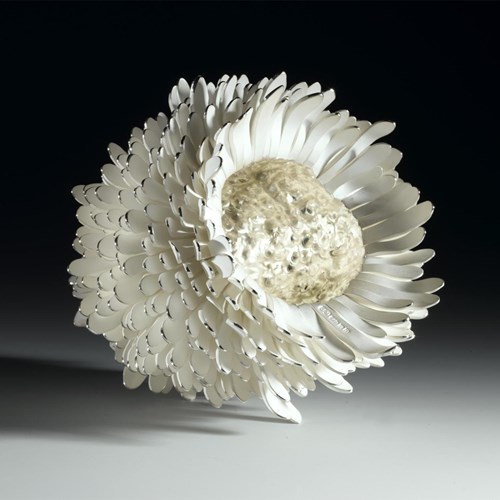
From delicately-carved porcelain to bold statement jewellery, discover how contemporary Japanese artists are challenging preconceptions and using traditional Japanese materials and techniques in new and innovative ways.
View
On the 250th anniversary of Sir Walter Scott's birth, experience his novels through objects that inspired him.
View
Discover unexplored stories in our LGBTQIA+ Hidden Histories audio trail.
View
Families can pick up our new trail to explore the galleries through the wonder of maths.
View
Be inspired by our staff favourites from our collections on display on Level 1, or try and find them all on your next visit.
View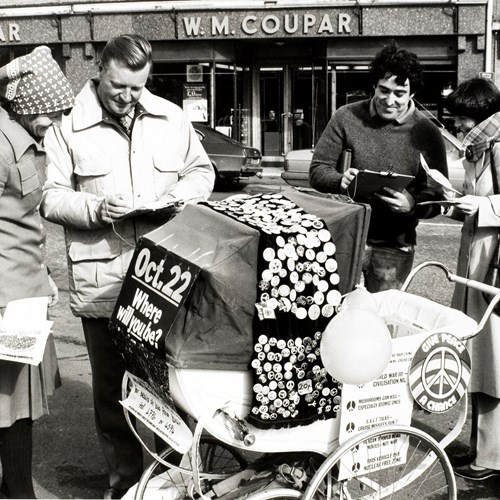
Exploring Scotland’s critical position on the frontline of the Cold War, this new exhibition will tell the stories of the Scots at the centre of this global conflict.
View
The National Museum of Scotland in the heart of Edinburgh's Old Town offers the most stunning setting for memorable events.
View
From intricate firelighting tools to rocket-powered aircraft and a fire alarm with a difference, our collections feature intriguing links to the element fire.
View
The de Havilland Comet was the world's first commercial passenger jet aircraft.
View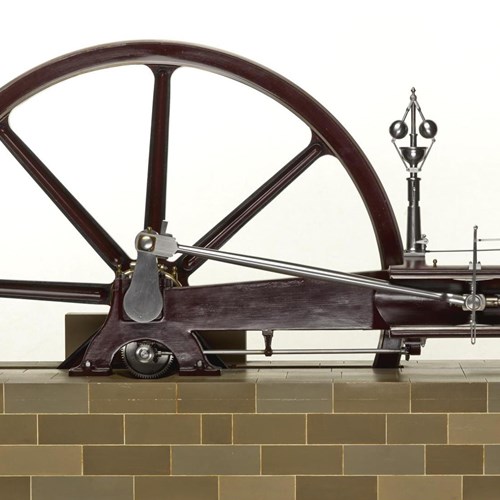
Built in a dedicated model-making workshop during the late 1870s, this working model is a scale version of the famed Corliss steam engine.
View
Sue Jane Taylor has spent over thirty years recording the lives of workers in the North Sea oil and gas industry. These pages are a selection of Sue Jane Taylor's work that were on display in the Age of Oil exhibition (21 Jul - 5 Nov 2017), at the National Museum of Scotland.
View

Inspired by the wildlife often spotted around the museum site and the animal residents at our farm, willow artist Anna Cross has created a beautiful collection of willow sculptures for you to discover as you explore outdoors.
View

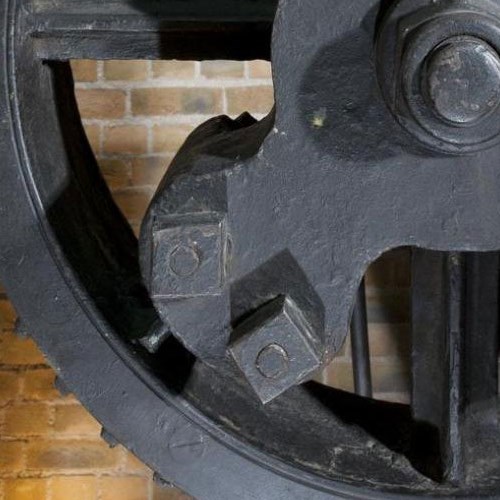
This Boulton & Watt engine was the first full-sized engine acquired for the collections and is one of the oldest surviving beam engines in the world.
View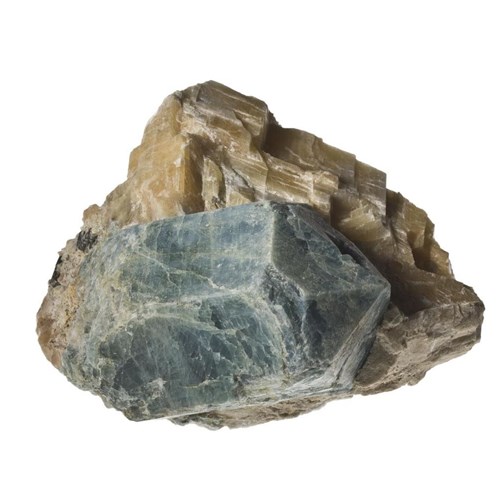
Phosphorus, one of the elements in Apatite, is used to make chips and microprocessors in mobile phones.
View
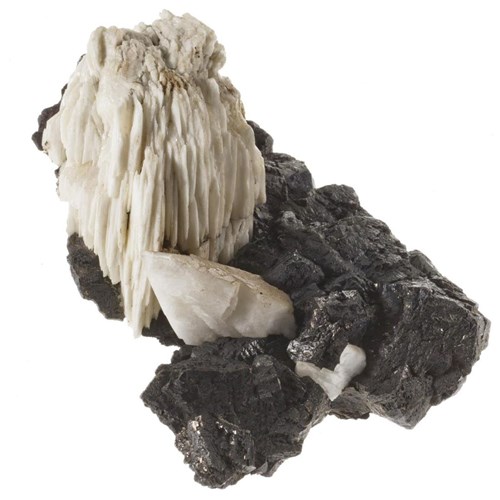
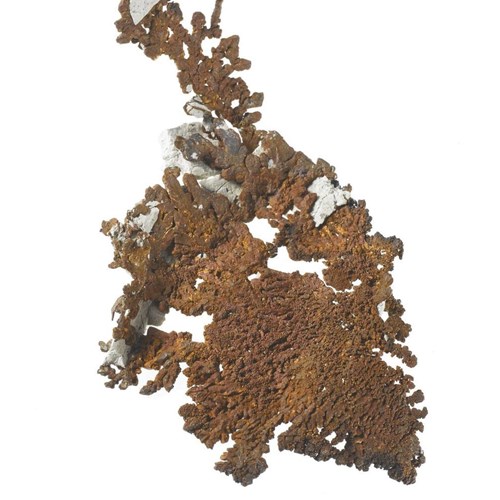
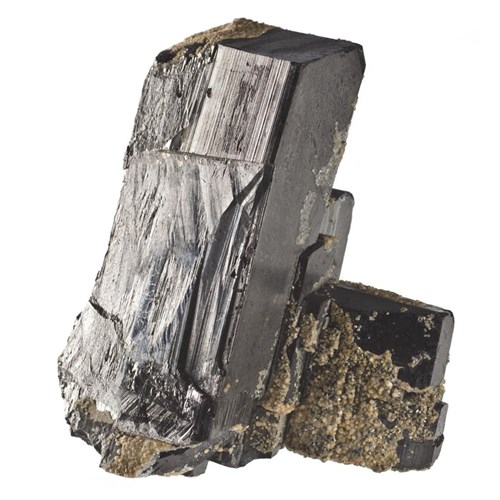
Tungsten, found in the mineral wolframite, is used to make the speakers and microphones in mobile phones.
View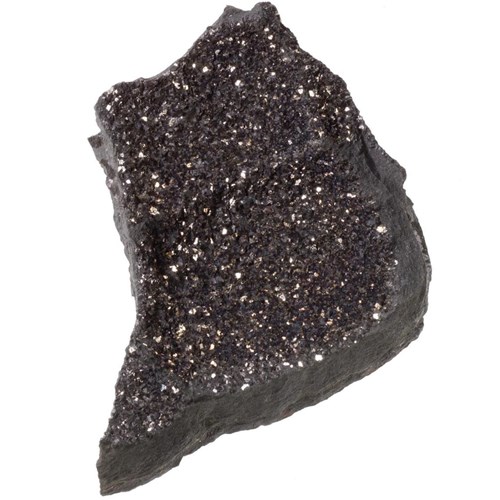
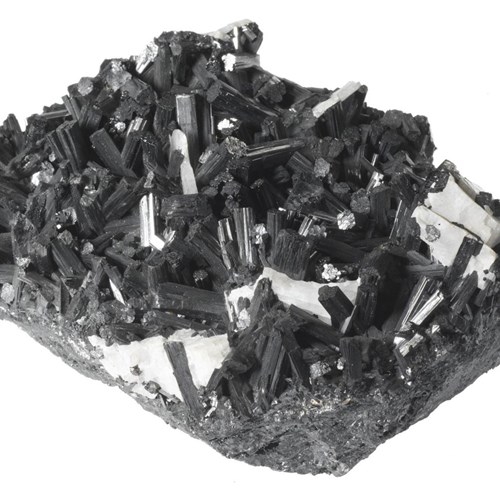
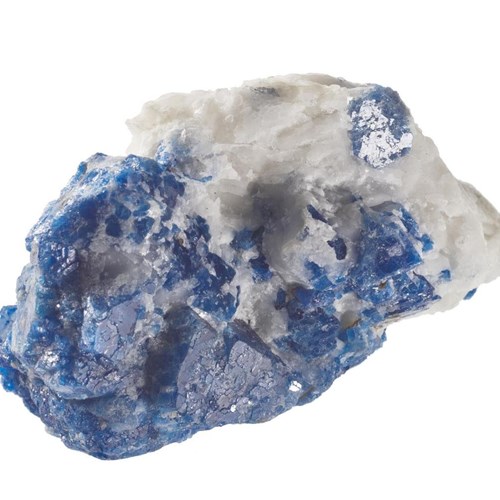
Cobalt, found in the mineral cobaltoan spinel, is used in mobile phone batteries.
View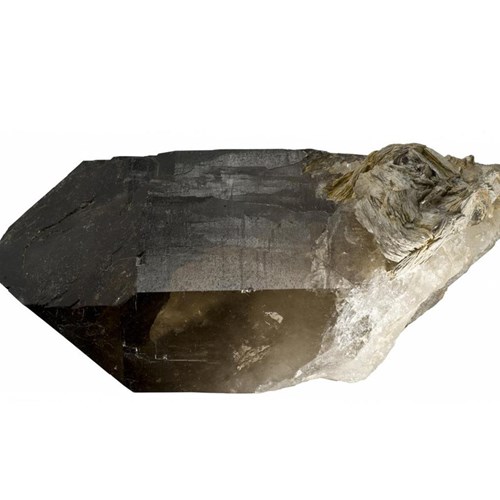
Silica, an element found in quartz, is used to make chips and microprocessors in mobile phones.
View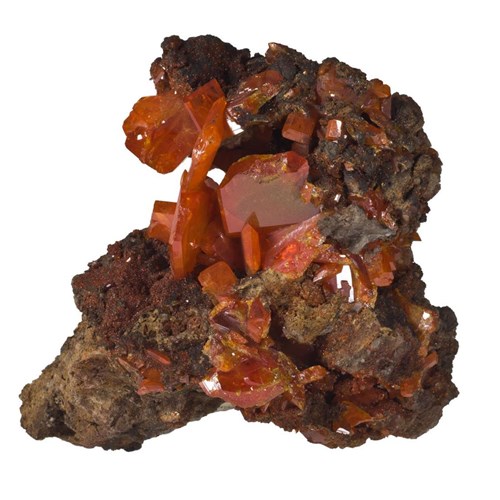
Wulfenite contains the element molybdenum, which can be used to make connectors and wires in mobile phones.
View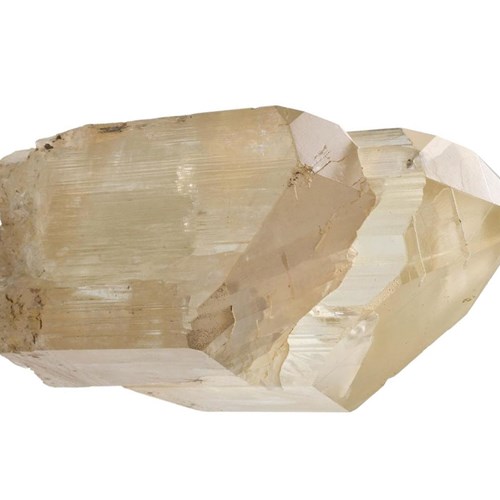

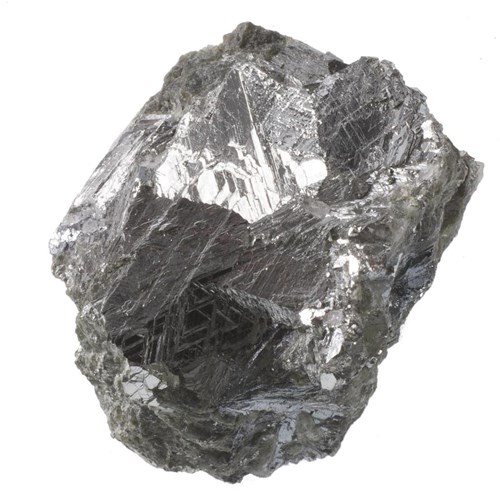
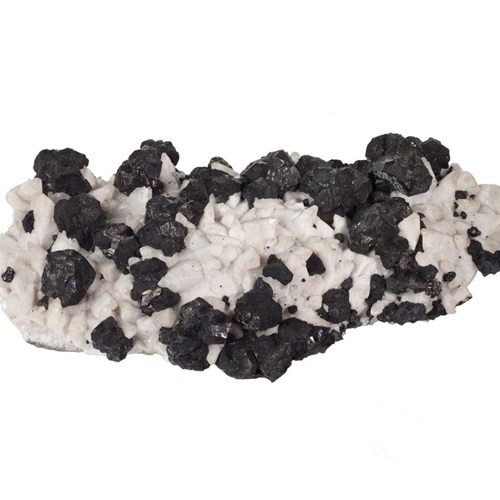
Sphalerite can contain three elements used in mobile phones: zinc, indium and gallium.
View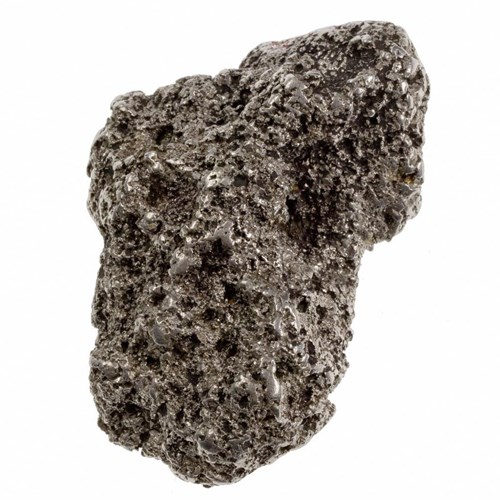
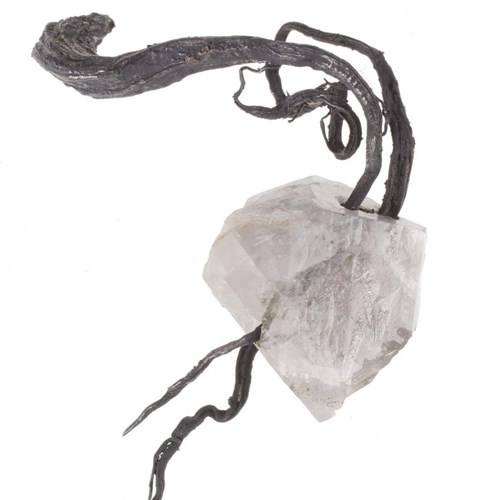
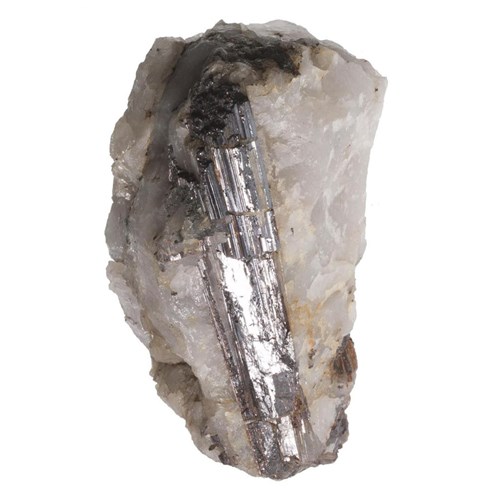
Titanium, an element found in the mineral rutile, is used to make mobile phone cases.
View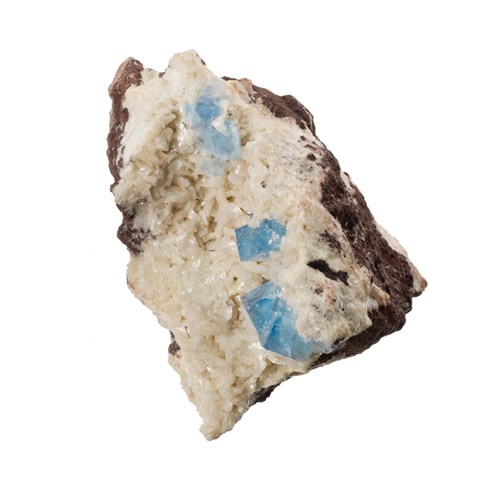
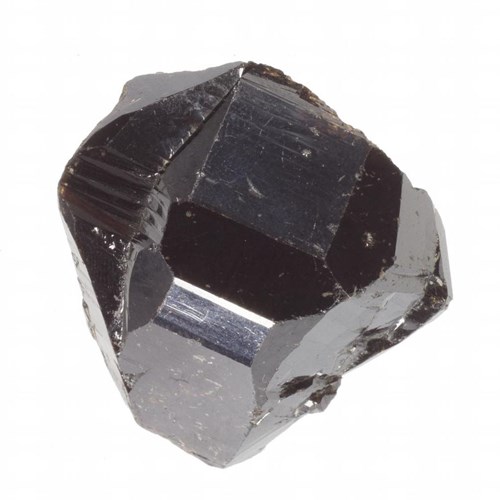
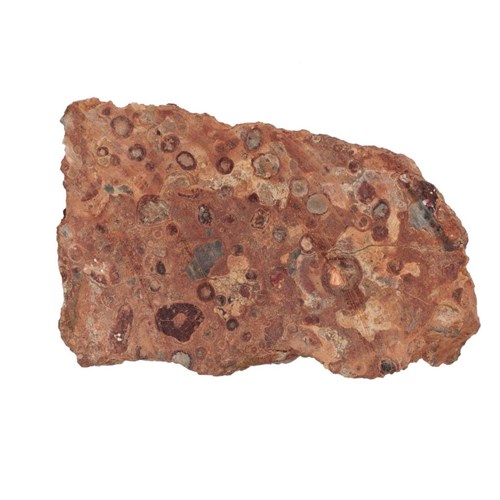
Aluminium, one of the elements in Diaspore, is used in mobile phone circuitboards.
View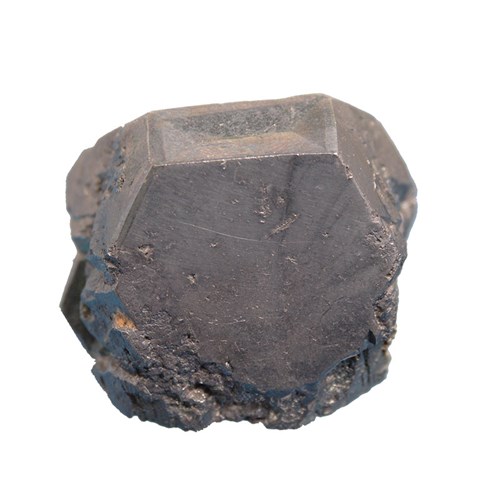

Diamond is a form of carbon, an element used to make electrodes in mobile phone batteries.
View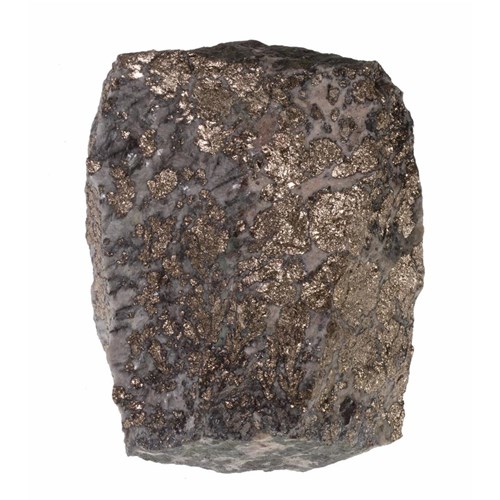
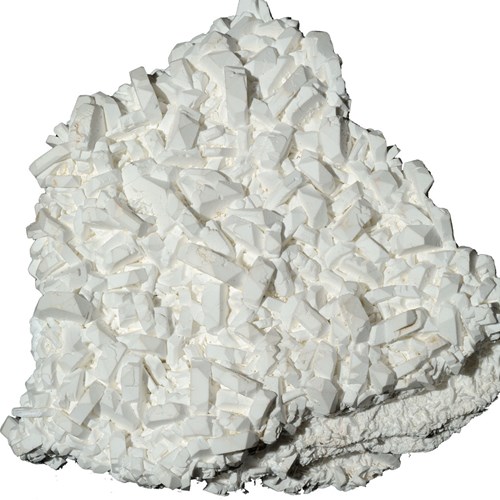
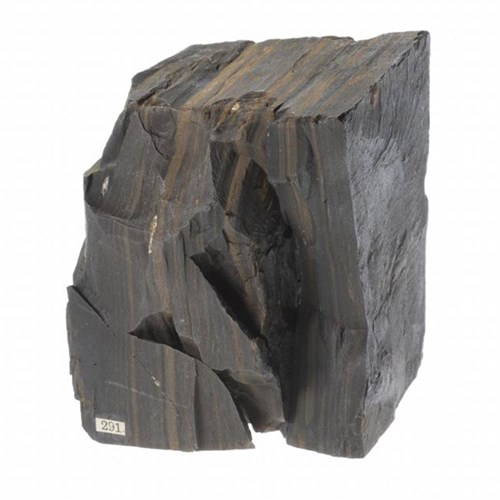
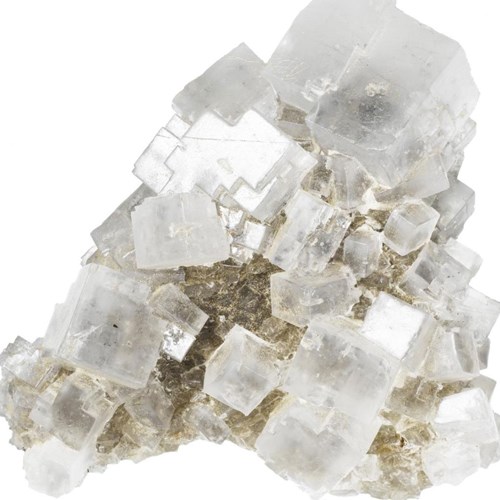
Sodium and chlorine, both found in halite, can be used in mobile phone touchscreens and cases.
View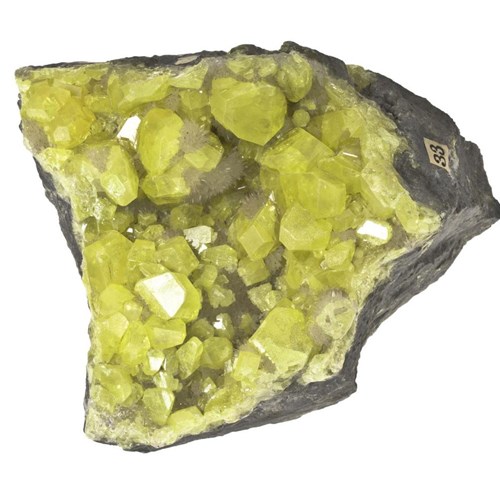
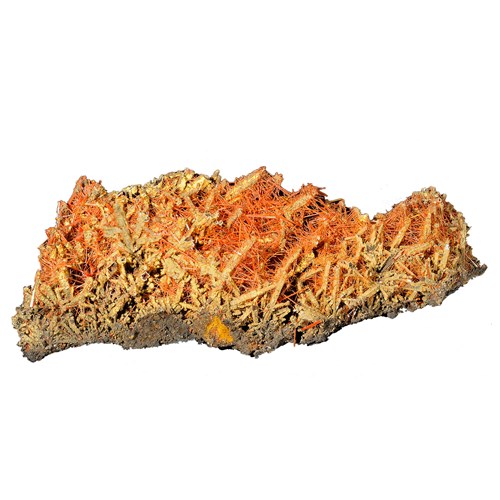
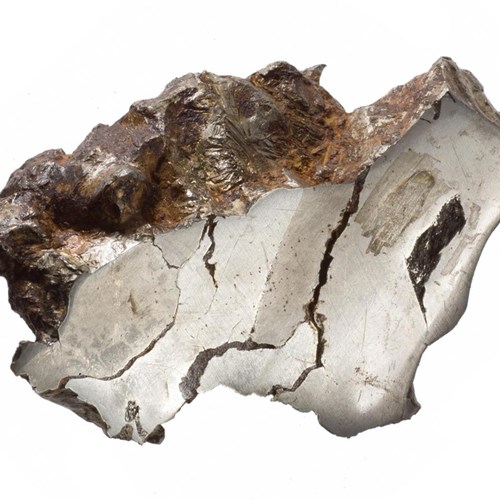
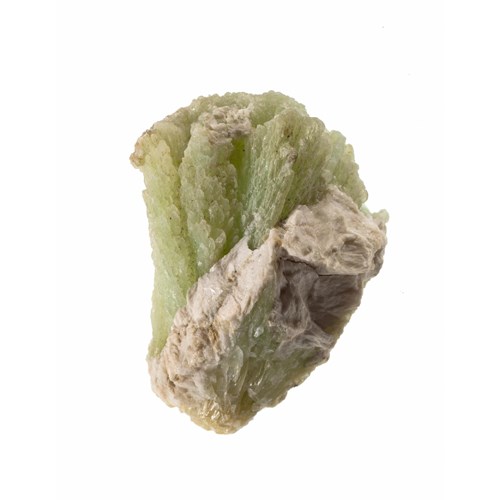
Strontianite contains strontium, which is used in mobile phone circuitboards.
View